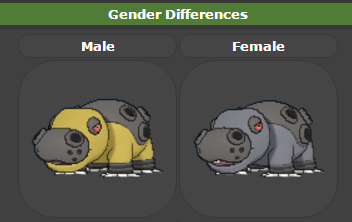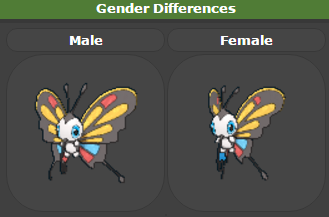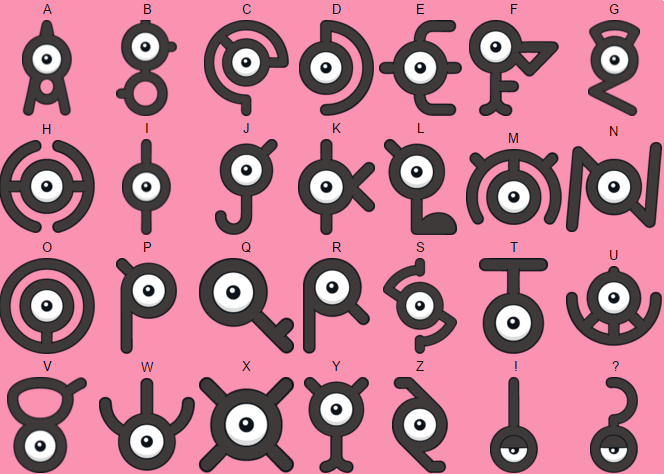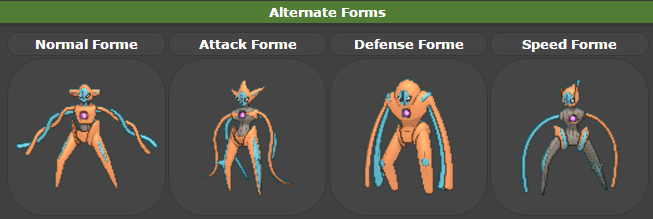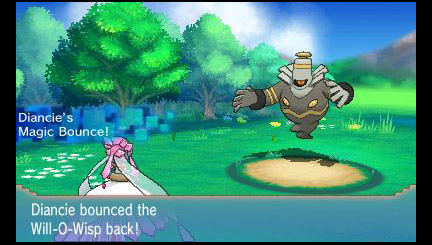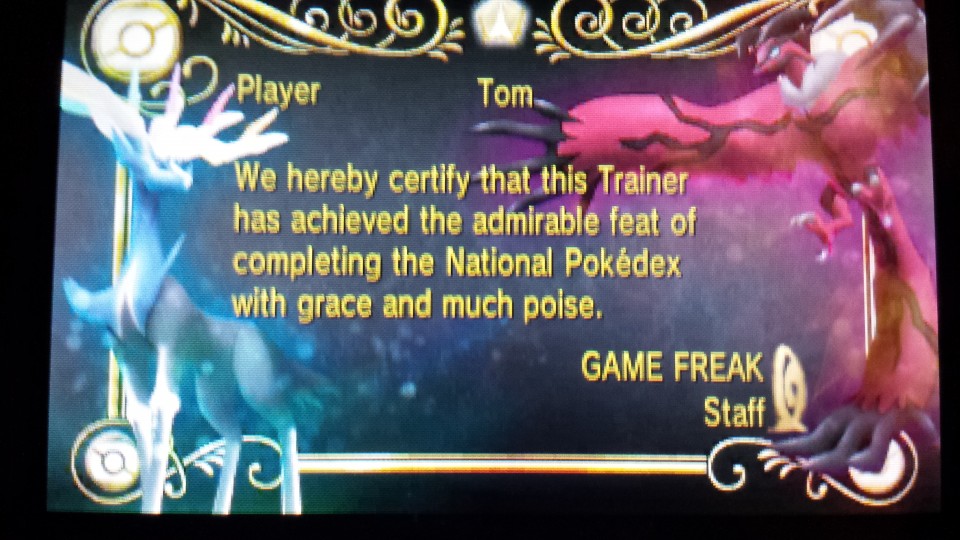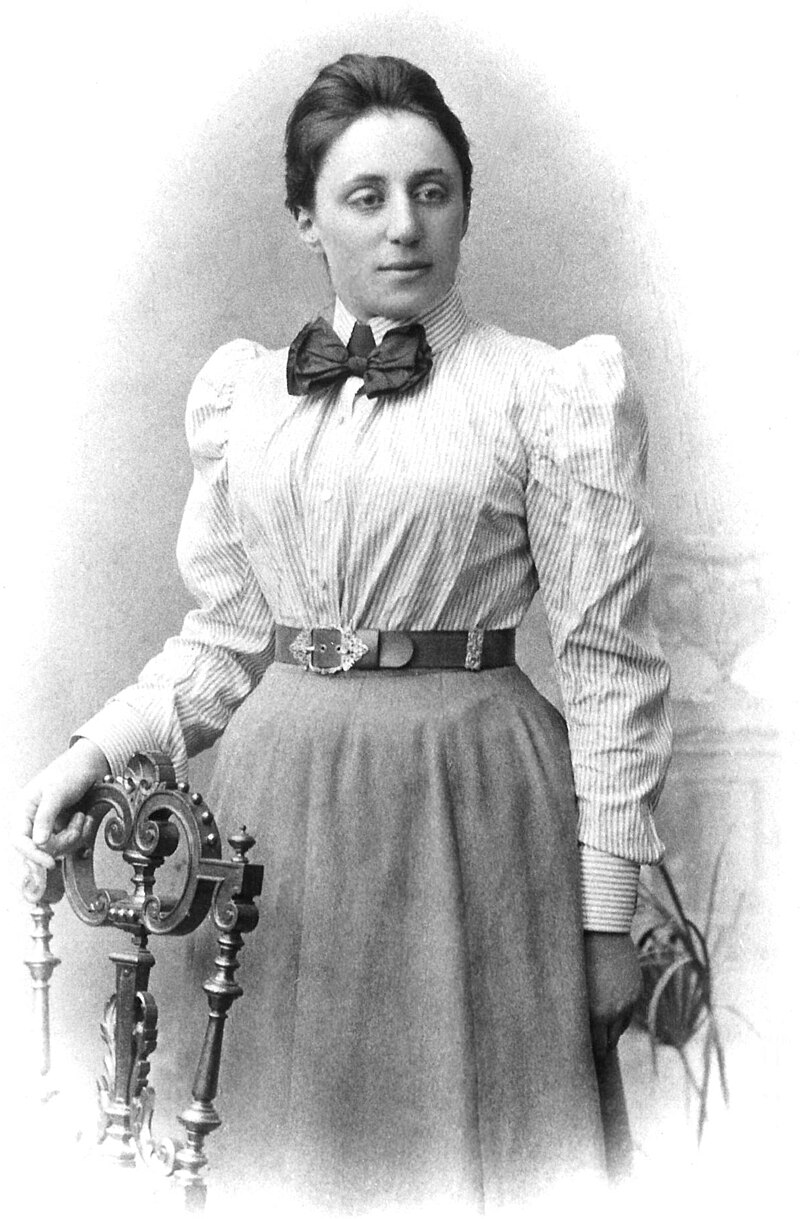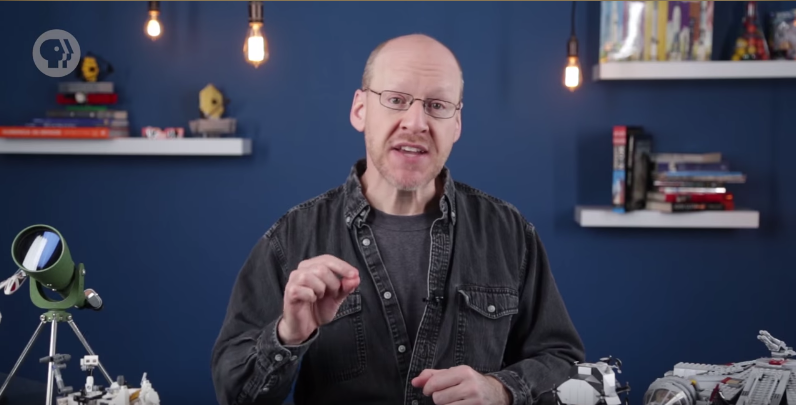If you’ll indulge me a little introspection…
The word “Blog” comes from “Web Log”. Blogs are meant to be a form of diary. But I haven’t been doing much logging of my life on this blog. I’ve mostly been talking about things that interest me. The reason for that is I’m usually quite a private person. With that said, I think I’ll take the opportunity afforded by the new year to push myself out of my comfort zone for one post: a look back on 2015. So, y’know, this will get pretty personal.
2015 was, overall, not the best year for me. For the most part it was hovering around alright, and for one week it bumped up to excellent, but the low points really drag the rest of it down.
Without wanting to go into too much detail, the bad stuff started when I got rejected from the three PhD programmes I applied to. Now, the advice I had been given was to apply to as many places as possible (incidentally, I give you this advice: apply to as many places as possible), but I only applied to three, and paid big time for it. I didn’t even get interviews at any of them. The reason I had only applied to three was because my main plan for the next academic year was to win an election at my student union and become a sabbatical officer.
By the time the union’s election results were being announced in March, I had been rejected from everywhere, so when I saw that I had lost that election, too, and hence had nothing at all planned for after I graduated, well… I don’t think it’s an exaggeration to call it the worst day of my life. I know I should feel privileged that something as (on a big-picture scale) small as not having any plans for graduating is the worst thing that ever happened to me – no family deaths, no illnesses, no poverty… but the big picture is hard to look at from in the middle of it. It’s not a pleasant memory to recall, so I’ll move on.
Right after that election, I had to start worrying about my viva and thesis for my master’s project. It took me a bit longer than ‘right away’ to get over that result and those rejections, though, and both the viva and thesis suffered for it. They still stand as two of the worst marks of my degree, and I can’t help but feel the fallout from that ‘worst day’ had something to do with that. There was also relationship trouble plaguing me around this time, but I am definitely not getting into that here.
Then it was exam studying time. Only five exams stood between me and the end of my degree, but I wasn’t prepared for any of them. Studying proved more difficult than usual. I struggled to get out of bed on a lot of days. If I had had ten exams, like I did the year before, I probably would have bombed all of them. Only help from my parents and personal tutor got me through that period, and there was a non-zero amount of crying, but the hard work did pay off. Most of the exams went about as well as they could have, and I ended up securing much higher marks than anticipated.
And that was the worst of it. From there everything got a lot better. I got a great summer job teaching in a summer school. It was work I really enjoyed and engaged with, so I was very happy for the time I was there. I met some cool people, taught some great kids, honed my physics knowledge, and got a taste of the teaching life. During that time I also applied to, and was accepted to, a PhD at UCL, which is where I am now.
But the real highlight of the year was my trip in the summer to California. I don’t think it’s an understatement to call it the best week of my life. I spent 7 days with other physics students from Imperial touring California, seeing various physics places of interest like SLAC, NIF, UC Berkeley, JPL, Mount Wilson Observatory, not to mention tourist things like Alcatraz, a hike through Yosemite, road trips, Universal Studios, Pride in San Francisco, and more. But really, the trip wouldn’t have been the same without the people I went with. I had so much fun with them, it was unreal. It was also whilst I was on the trip (standing outside the National Ignition Facility, no less) that I got my results and found out I’d got a First for my degree, meaning all that bullshit earlier in the year had paid off. Well, some of it had paid off. Some of it was just bullshit. That’s life.
And then I started my PhD, which has also been a great experience. I’ve met loads of cool new people. Some of them I do the science with in a research group. Some of them I do kung-fu with. Some of them I just drink with. They’re all great people.
It’s been a year of highs and lows, and it’s certainly been an interesting year. I’d say more of the year was good than bad, it’s just a shame that the bad stuff had to taint the rest of the year. I’m optimistic for this year, though. This year will be the first year since 2007 that I haven’t had some sort of important exams (GCSE, A-Levels, undergraduate exams) to stress over throughout the year. (Instead I get to stress over my brother doing his GCSEs!) That’s the nice bit of the whole “9 to 5 desk job” thing (which my PhD more or less is for now) — there’s no homework or revising, just work! So as long as I can keep up with that, it should be fine(!)
Happy new year, everyone!



